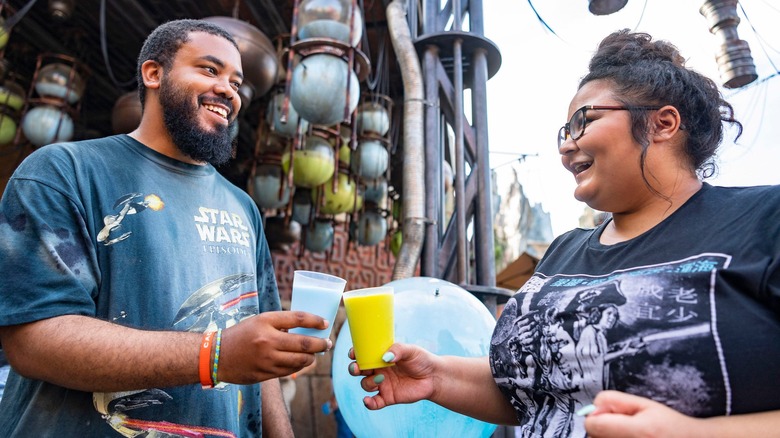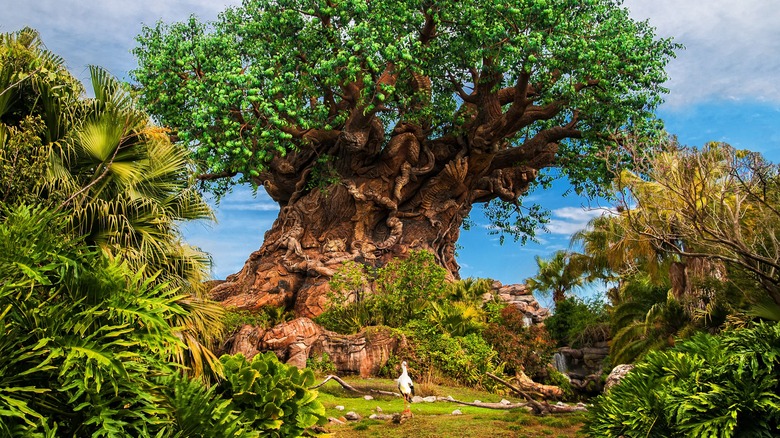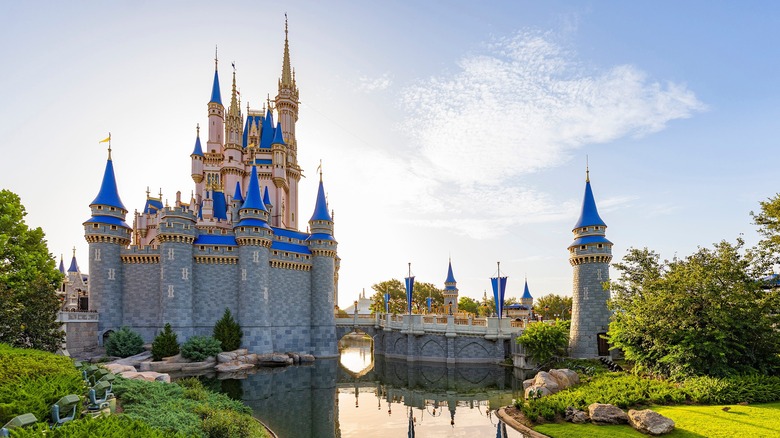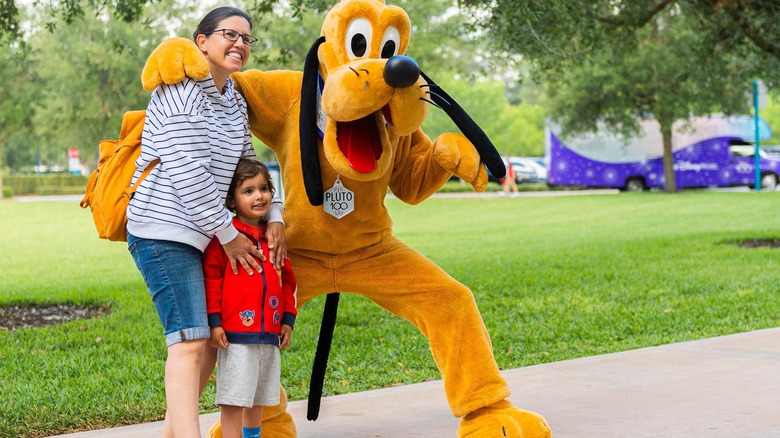It’s not that there aren’t any mosquitoes at Disney…
It’s that they’re so well-controlled that you rarely — if ever — notice them. After all, nothing can ruin the experience of being outside quicker than hearing that all-too-familiar bzzzz sound hovering around your ear. Or, worse yet, having to constantly scratch your ankles and arms for a brief sigh of relief after getting targeted by a blood-thirsty mosquito.
That’s why part of Disney World’s “magic” is to make it seem as if these bugs don’t exist there — even if they do. Located in Central Florida, Disney World is technically located inside a mosquito hotbed due to all the swamplands found nearby. In fact, most of the Disney World property is actually built on top of a swamp.
So how come mosquitoes appear to be nonexistent in this one area? According to experts, it’s all thanks to one man: General William “Joe” Potter. Experienced in the art of mosquito warfare after serving as governor of the Panama Canal Zone, Potter met Disney in 1964 — seven years before the park opened — and was immediately hired to take care of the pest problem.
What happens behind the scenes

Nowadays, Disney parks — from Animal Kingdom to Epcot — are still incredibly vigilant when it comes to dealing with mosquitoes. So much so that they even have a dedicated Mosquito Surveillance Program put in place that dictates the process of how to trap, track, and control the mosquito population within Disney park limits.
Although the park isn’t too detailed on how the program works, Disney experts suggest there are three main strategies that make up the program: testing and understanding the mosquito population in and around the park to control its growth, killing the insects using pesticides, and employing natural predators to help keep things at bay.
To start, Disney World uses carbon dioxide traps to attract mosquitoes. Why carbon dioxide? Because it’s odorless — meaning it won’t disrupt day-to-day activities or experiences — and mosquitoes are incredibly attracted to it. Once captured, the insects are then analyzed to create detailed “mosquito maps,” highlighting which areas need more attention and which are relatively fine. Additionally, the park uses sentinel chickens, which are monitored for traces of dangerous, mosquito-borne viruses. Although the chickens are immune, the presence of antibodies can indicate if a mosquito carrying the virus is present in the area. All of this ultimately helps Disney World’s mosquito-control team to strategically target, manage, and eradicate potential mosquito threats where it’s needed most.
Spraying the park with natural pesticides

Kent Phillips/Walt Disney World
In addition to this careful monitoring and testing, the team at Disney World also takes action to cull mosquitoes by spraying the park twice a day — once at sunrise and once at sunset, when mosquitoes are more likely to be active due to the lower temperatures and light levels. This means that park employees spray a combined 86 miles worth of roads and fields across the property. However, this doesn’t happen indiscriminately or carelessly, as some people would assume.
Walt Disney wasn’t a fan of harsh chemicals, and he didn’t want them anywhere near his park or his park guests for fear that they’d cause long-lasting harm. That meant they had to get creative with what they were using and how they were using it to effectively repel mosquitoes. Enter: liquid garlic. Undetectable to most humans but repulsive to mosquitoes (and vampires!), Disney World staff use this natural repellent across the park — and it works like a treat.
There’s no need to worry about smelling like a fresh piece of garlic bread after a day at the park, however. Disney World also cleverly employs the use of “smellitizers” throughout the park. Strategically located, these devices emit artificial scents that work to enhance the atmosphere and experience of each area.
Working with natural predators

Walt Disney World
In addition to advanced trapping and repelling techniques, Disney World also employs a more natural and ecological approach to mosquito control: the use of natural predators. Specifically, the park harnesses the abilities of bats and fish — both of which are natural consumers of mosquitoes — to effectively reduce the mosquito population.
Known for their ability to eat thousands of these insects per hour, bats play a significant role in this strategy. In fact, Disney World even encourages the presence of bats. As the sun sets, these nocturnal creatures come out to feast — ultimately helping to decrease the number of mosquitoes, naturally.
Similarly, certain species of fish — some of which feed on mosquito larvae — are housed in the park’s many lakes, ponds, and bodies of water to further control mosquitoes’ population and breeding efforts. Plus, it also aligns with Disney’s commitment to maintaining the overall health of the park’s ecosystem. The result? The fish and bats get dinner, and Disney World visitors get to enjoy a mosquito-free visit to the park. It’s a win-win!
Getting smart with their architecture

Abigail Nilsson/Walt Disney World
Lastly, in Disney World’s constant battle against mosquitoes, smart architecture plays a vital role. The park’s design and construction are meticulously planned to prevent any accumulation of still water — a known attraction for mosquitoes and a necessity for them to breed and develop successfully. With this in mind, all buildings and structures within the park are built using slopes and drainage systems so that water — especially rainwater — can seamlessly flow off roofs and into canals, leaving no stagnant pools behind even after heavy rains.
Furthermore, the park’s water features are designed to keep water moving at all times. Using fountains and other fun interactive elements, water never stays stagnant anywhere in the park. This constant movement discourages mosquitoes from breeding or laying eggs in these areas.
Finally, when it comes to preventing still water, no stone or leaf is left unturned — literally. Very careful consideration goes into picking the more than 13 million plants within the park. Disney World’s expert landscaping team chooses types of plants that don’t allow water to puddle anywhere inside or on it. Moreover, larger bodies of water are also free from plants like water lilies, under which mosquito larvae can thrive and hide. Overall, a collection of efforts come together to ensure that you and your family truly have a bite-free experience at “The Most Magical Place on Earth.”

